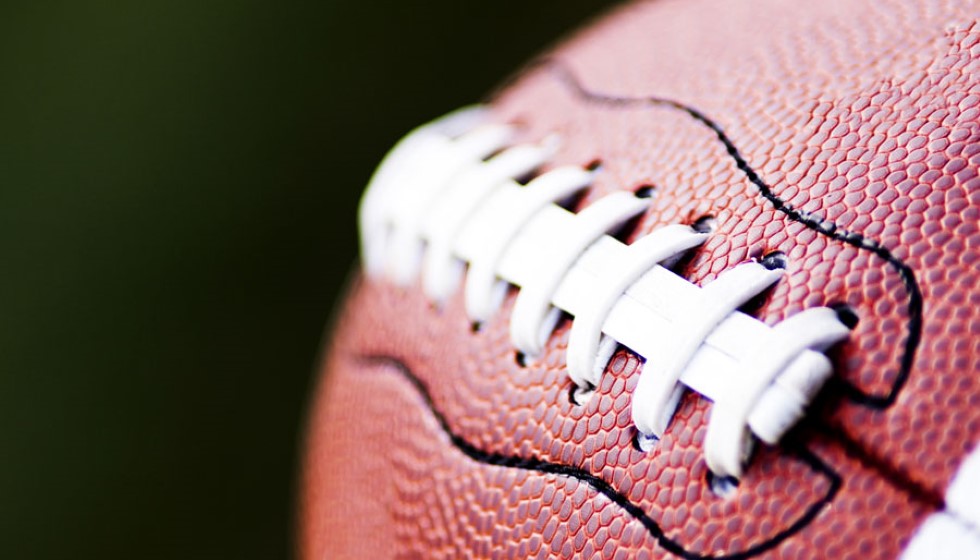
In a game that quickly transformed from a scheduled clash of AFC South rivals into a contentious affair, the Houston Texans' linebacker Azeez Al-Shaair found himself at the center of a controversy due to a pivotal play against the Jacksonville Jaguars. The Week 13 encounter saw Al-Shaair execute a forceful hit on Jaguars' quarterback Trevor Lawrence, leading to Lawrence's injury and a subsequent three-game suspension for Al-Shaair by the NFL.
The incident has invited intense discussions and divided opinions across the league, with Texans' head coach DeMeco Ryans standing firmly in defense of Al-Shaair. Ryans, known for his candid and analytical approach, was quick to highlight the complexity of defensive maneuvers in today’s NFL. In his view, the encounter was as much a product of situational dynamics as it was about individual aggression.
"With the entire Azeez situation, we stand behind Azeez. It's two-fold. A lot of quarterbacks in this day and age, they try to take advantage of the rule or they slide late and they try to get an extra yard," explained Ryans, suggesting that the play was a nuanced interaction between offensive strategy and defensive reaction.
Al-Shaair, who has been a respected figure both within and beyond the Texans' locker room, faced heightened scrutiny following the collision. His reputation as a disciplined and committed player made the incident particularly striking. Ryans didn’t hesitate to dispel any negative perception about Al-Shaair’s playing style, asserting, "For any picture that's painted of him being a dirty player or doing something intentional, that's the exact opposite of what Azeez is."
A Collision Echoing Beyond the Field
The incident provoked a noticeably strong reaction from the Jaguars' sideline, escalating into an unnecessary fracas and amplifying the tension between the teams. "The entire thing, Azeez hits the guy, but their sideline overreacts and it turns into a melee," Ryans recounted, pointing to the chain reaction following the tackle.
This sequence of events has reignited ongoing discussions about the inherent challenges defenders face in the modern NFL landscape. With quarterbacks often executing slides to protect themselves, the pressure mounts on defensive players to make split-second decisions, frequently under the threat of disciplinary actions.
Ryans, reflecting on the situation, highlighted the inherent pressures faced by players like Al-Shaair, "You're a defender, a lot of onus is on the defender." His comments encapsulate the broader dialogue on player safety and the evolving rules that govern defensive conduct.
Character Witness
Beyond the technicalities of the play, Ryans devoted effort to reasserting Al-Shaair’s character, recognizing him as an exemplary leader and a committed player on the Texans' roster. "He's an exceptional leader for us. He's a really good leader for us and he plays the game the right way. His intent is never to hurt anyone as he's playing the game," Ryans affirmed, underlining the personal and professional integrity Al-Shaair brings to the team.
Having collaborated with Al-Shaair since 2019, Ryans' insights carry the weight of both time and shared experiences. The combination of Ryans’ unwavering support and Al-Shaair’s established record paints a portrait of a complex situation where questions of intent, execution, and consequence are being rigorously debated.
Reflecting on the broader implications, this incident serves as a compelling case study for the evolving dynamics in the sport. It highlights the intersection of aggressive gameplay and regulatory frameworks, challenging players, coaches, and the league alike to strike a balance between competitiveness and safety.
As the Texans prepare for the next stretch of their season without one of their key defensive players, the ramifications of this incident will likely resonate beyond these three games. It could drive further conversations around NFL rules and their enforcement, upping the ante in a league where the margin for error continues to narrow.